Recent Items

Few place names in American history produce such a visceral response as Pearl Harbor, the Hawaiian bay that housed the U.S. Pacific Fleet in 1941.
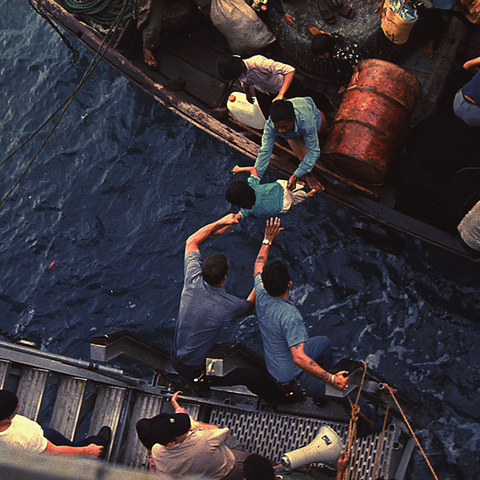
On July 28, 1951, representatives of 26 states, meeting in Geneva under the auspices of the United Nations, signed the Convention Relating to the Status of Refugees.

Rosetta Tharpe crossed many boundaries: of genre (playing both gospel and secular music), of gender (playing in a “male” style on a “male” instrument), and even of sexuality.

On July 1, 1927, the Nicaraguan revolutionary leader Augusto Nicolás Calderón de Sandino, a.k.a. Augusto “César” Sandino, proclaimed his manifesto extolling continued Nicaraguan resistance against U.S. intervention in his country.

Besides the Wilsonian internationalists, who wanted the Treaty and Covenant ratified unchanged, there were those who wanted to add so-called reservations to the treaties: conditions to U.S. acceptance and participation in the League.

On Sunday, 18 March 1962, the Algerian War for Independence came to an end.
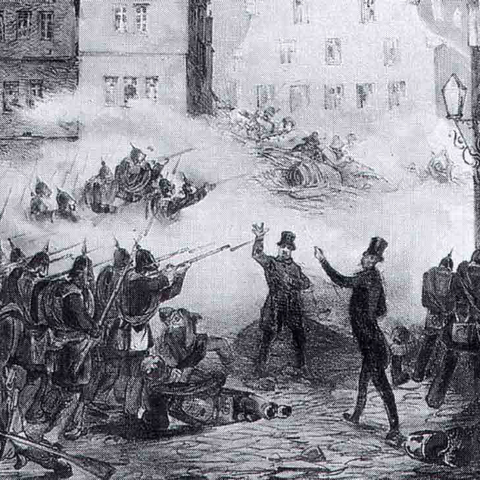
On March 9, 1848, the twenty-three members of the Hanau People’s Commission—leading citizens of the small German city on the Main River, upstream from Frankfurt—declared their participation in the quickly-spreading upheaval of the March 1848 Revolutions.

When you “pair the intellect with emotion and place,” what often results is a moment of insight: an unexpected instance where you suddenly understand something deeper about history, about nature, about others, about yourself.

On May 23rd 1951, the Seventeen Point Agreement of the Central People’s Government and the Local Government of Tibet on Measures for the Peaceful Liberation of Tibet was signed.
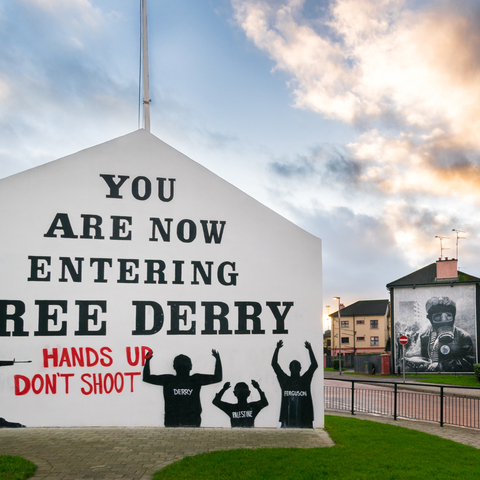
Fifty years ago, in December 1969, the Provisional IRA was born from the widespread religious violence that had wracked the six counties of Northern Ireland since the preceding August.

Robert Smalls' leadership and courage made him important to the Union war effort and, afterwards, one of the most influential Black political leaders of the 19th century.

Japan’s Meiji Restoration, or Meiji Ishin, occurred on January 3, 1868, and marked the return of the Japanese emperor to a position of power for the first time in more than 500 years.
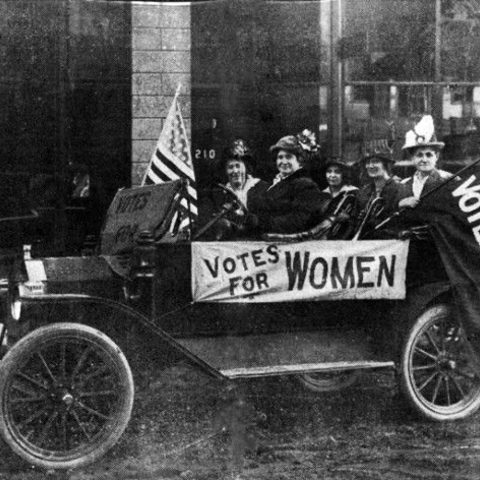
The Nineteenth Amendment to the U.S. Constitution was ratified on August 18, 1920.

After John, Paul, George and Ringo brought the British Invasion across the Atlantic, rock and roll saw a resurgence that helped cement what many people called “race music” as a core part of American identity.

An uprising on June 28th, 1969 at New York's Stonewall Inn has become iconic as the spark for a new radical lesbian and gay activism.
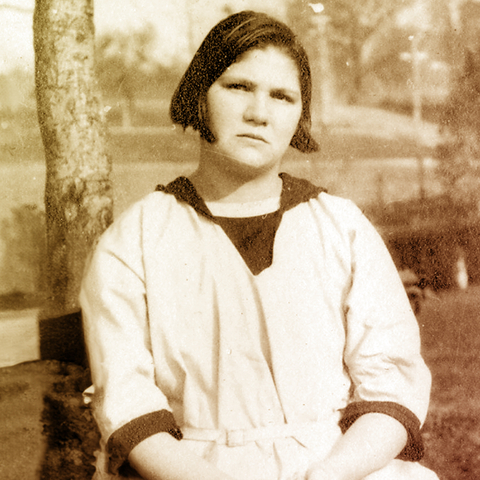
Among the many states with eugenics legislation, Virginia is infamous for its legal campaign to forcibly sterilize Carrie Buck in 1927 and thereby entrench sterilization abuse as the law of the land.

The “Boston Massacre,” was a turning-point in relations between American colonists and British authorities, and provided one of the sparks that would ignite the American Revolution.

The 1887 passage of the Dawes Act upended this system of communal land ownership and, in doing so, struck a historic blow at Native Americans’ political rights, economic sufficiency, and cultural heritage.

The Zaporozhian Cossacks were a daring and fearsome people of the fifteenth through eighteenth centuries whose adventures fill Ukrainian lore and inspire an enduring Ukrainian spirit of independence and daring.

Many observers have been surprised that this war has a religious dimension. Yet its roots lie in the intertwined but separate religious histories of Ukraine and Russia.

Just past noon on Monday, May 4, 1970, a squadron of Ohio National Guardsmen opened fire at a loose collection of students gathered across an expanse of leafy lawns and campus parking lots at Kent State University in northeastern Ohio.

On the eleventh hour of the eleventh day of the eleventh month, the Armistice went into effect, silencing the guns of the Western Front and ending the First World War. Or so the story goes.

Andy Warhol’s 32 Campbell’s Soup Cans have become a canonical symbol of American Pop Art.

Created by writer Joe Simon and artist Jack Kirby in the eponymous Captain America Comics #1, the patriotic hero became a breakout star for Timely Comics.

Barely three years after independence from British colonial rule, Nigeria, the most populous nation in Africa, collapsed into a civil war.

Between 1946-1948, around 1,500 people in Guatemala—including prisoners, soldiers, prostitutes, psychiatric patients, and children—were enrolled without consent in unethical studies related to the testing and treatment of sexually transmitted infections.

In July 1956, the international order was disrupted by the Suez Crisis, a complicated imbroglio marked by the intersection of European decolonization, the Arab-Israeli conflict, the Cold War, and the growth of U.S. power.

World War II was a total war—a mobilization of nearly all human and natural resources.

The region of western Ukraine makes up just a small percentage of the territory and population of present-day Ukraine, but has historically played an outsized role in the 20th century struggles for control of eastern Europe.

On July 21, 1969, American astronaut Neil Armstrong became the first human being to set foot on an entirely different world.

March 3, 1857 marked the unofficial beginning of the so-called Second Opium War (officially 1856-1860).
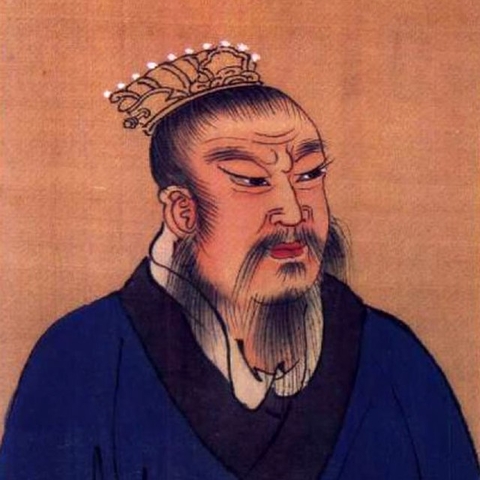
Liu Bang rose from obscurity to be crowned emperor of China 2215 years ago on the 28th of February, 202 BCE.

Süleyman, who would be known to the west as “the Magnificent,” began his reign as sultan of the Ottoman Empire in September 1520.

The years 1940–1949 were ones of continuous horror for the Greek people.

December 16, 1971 marked the end of the Bangladesh Liberation War, a short-lived conflict between India and Pakistan.

Rachel Carson’s Silent Spring shocked the American public when it was published in the summer of 1962.

Architecture is a way of understanding the world: recording its history, sharing its culture, and connecting with people.

Perhaps no historical event illustrates the potential disaster awaiting military forces put in a hopeless strategic situation than the fall of the Philippines in the spring of 1942.
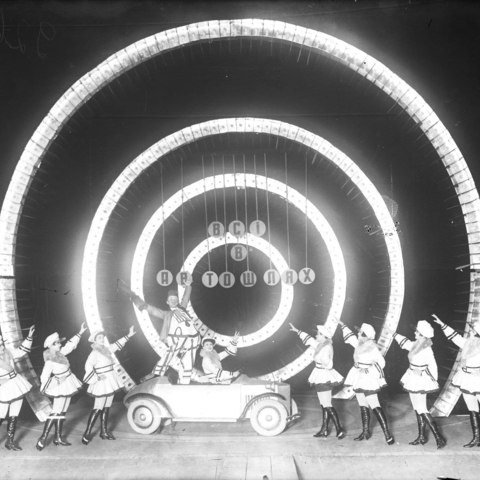
On a summer day in August 1920, in the middle of war, a group of Ukrainians performed Macbeth.

After a brutal 75-day siege, the Mexica capital of Tenochtitlan surrendered on August 13, 1521.

Taras Shevchenko is not just the founder of the modern Ukrainian literary language, he is also the most important symbol of modern Ukrainian nationhood.

The decade of war and revolution between 1914 and 1924 is critical for understanding both Russian and Ukrainian statehood up to the present day.

When the Russian Empire collapsed in 1917 during World War I, the lands of today’s Ukraine became a battleground of violence and instability until 1922.

Emily Channell-Justice explores the goals and lived experiences of Ukraine’s watershed Euromaidan protests of 2013-14.

On January 1st, 1818, Mary Shelley, at age nineteen, published the gothic novel Frankenstein.

Since the collapse of the Soviet Union in 1991, Ukraine has returned to its pre-revolutionary positin as a major agricultural exporter of key commodities.

The Russian government’s rationale for the war in Ukraine is not about oil, coal, or natural resources. It is about asserting specious historical claims.

On December 2, 1980, four churchwomen—Maryknoll Sisters Maura Clarke and Ita Ford, Ursuline Sister Dorothy Kazel, and lay missionary Jean Donovan—became victims of escalating violence toward church members who sided with the poor in El Salvador.

